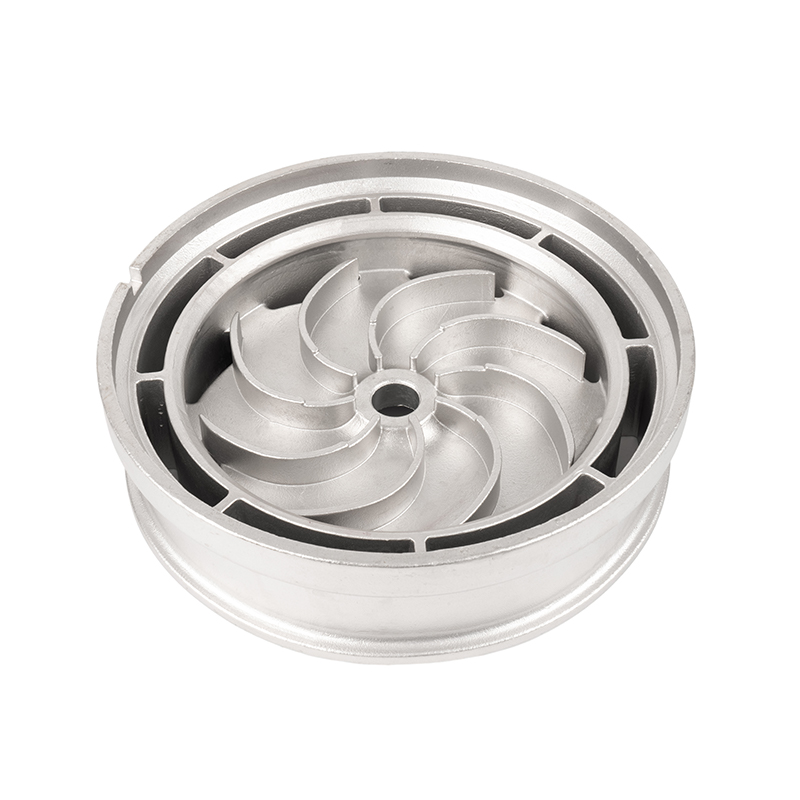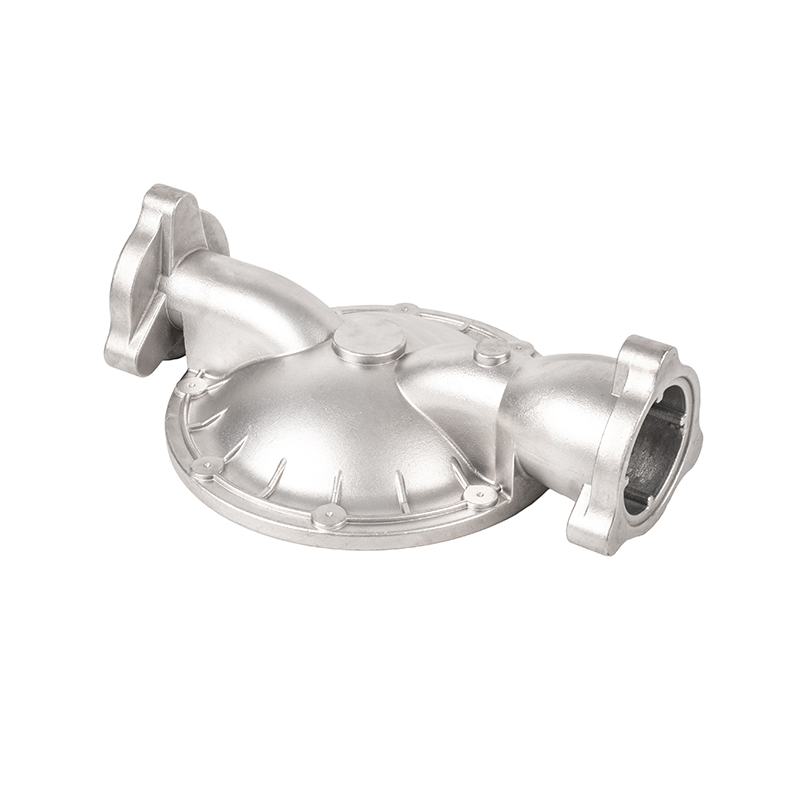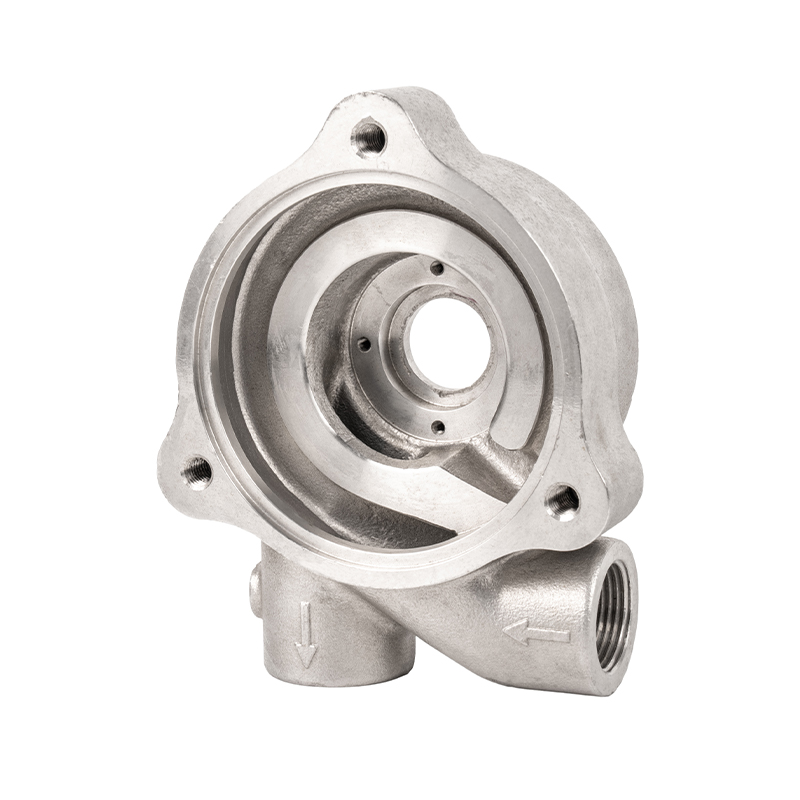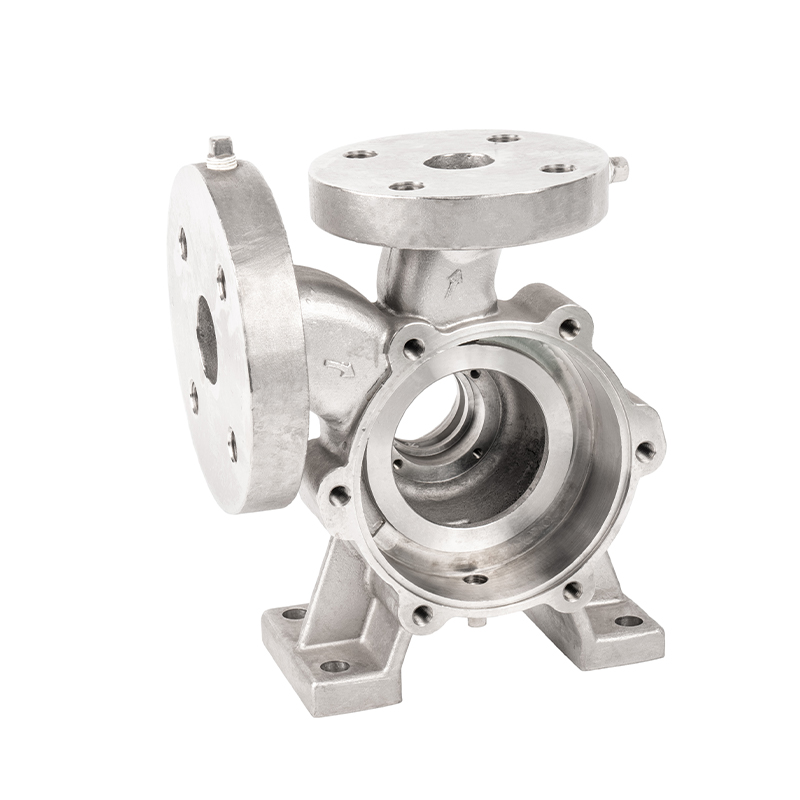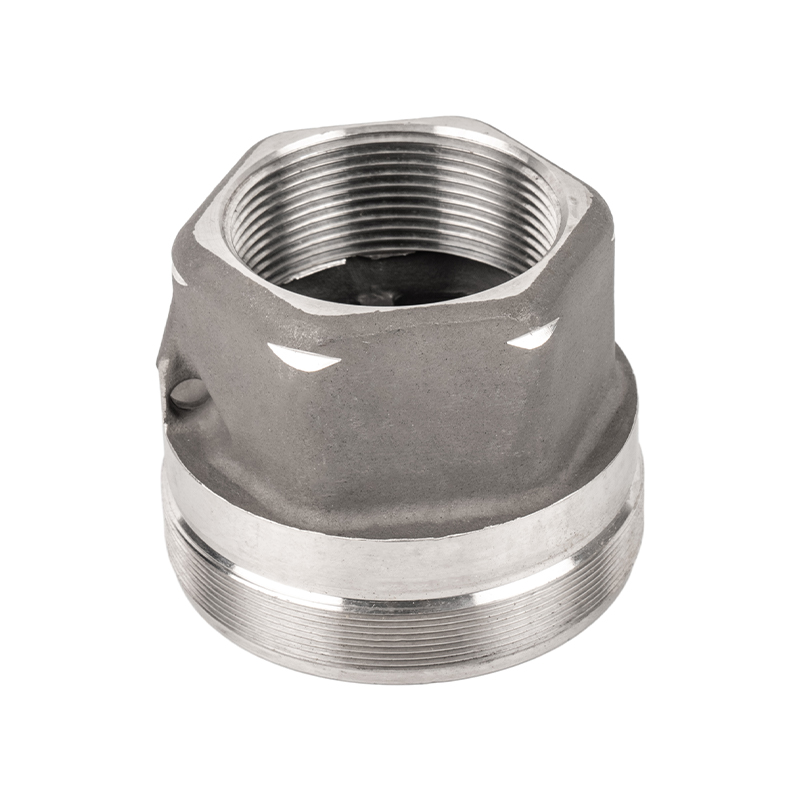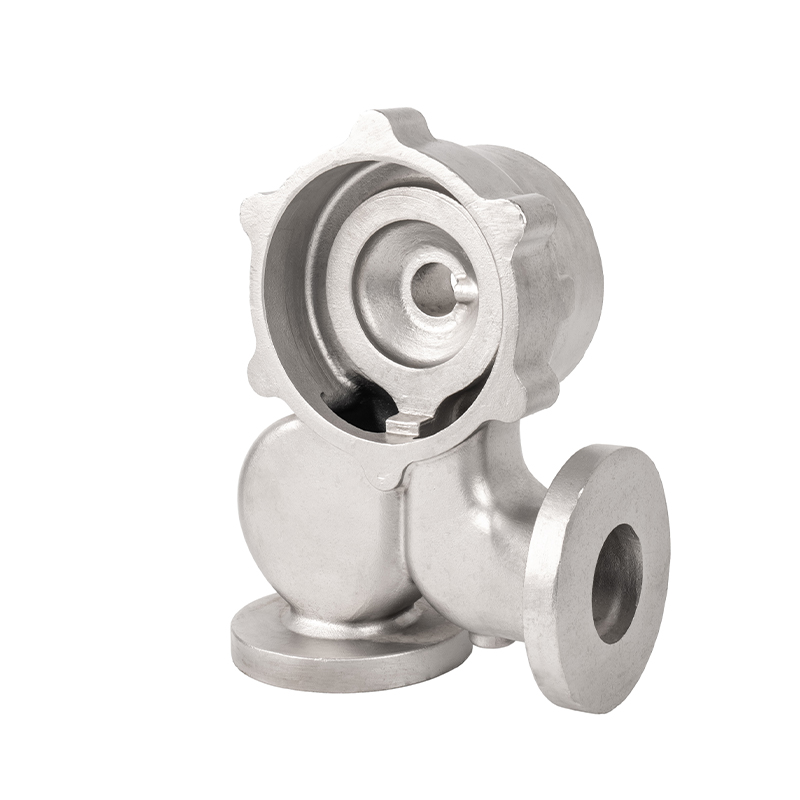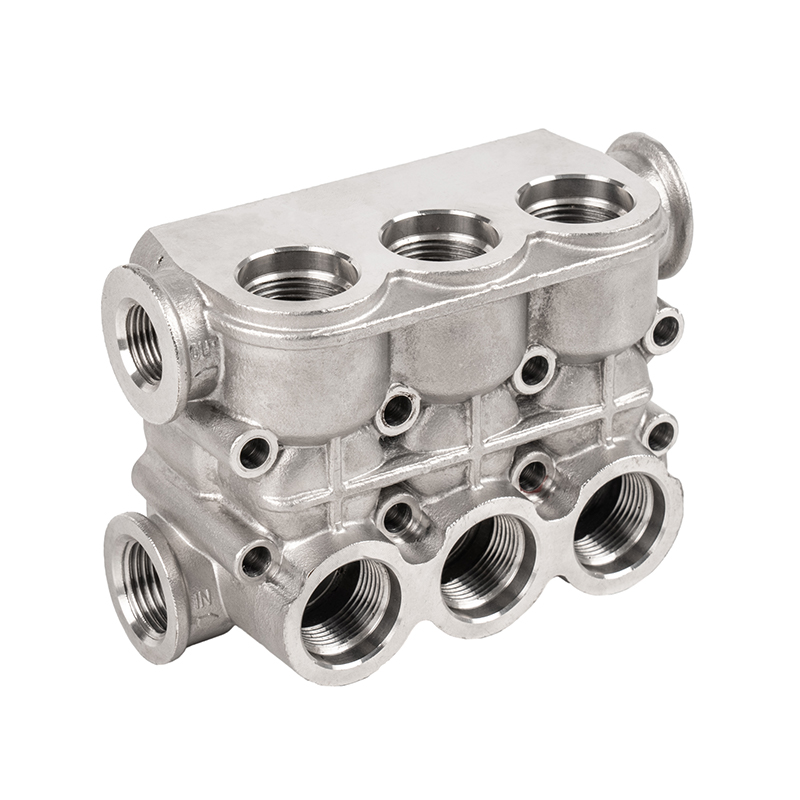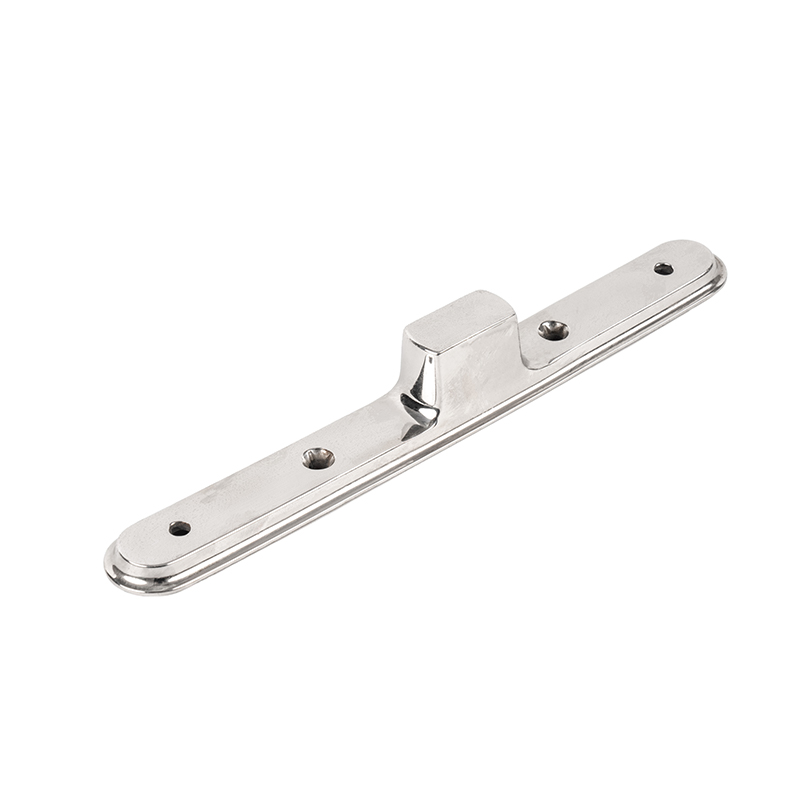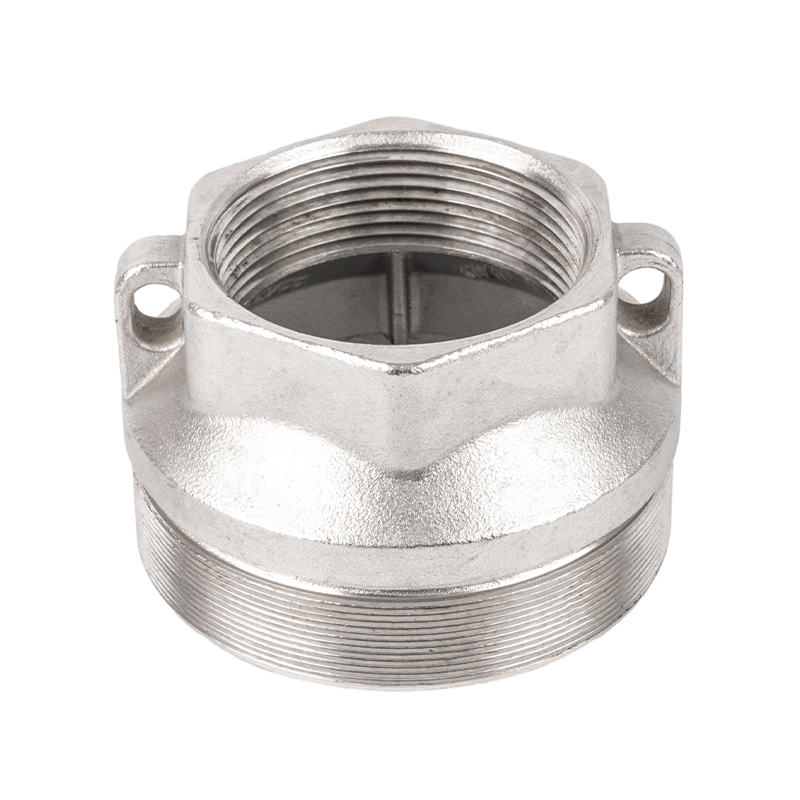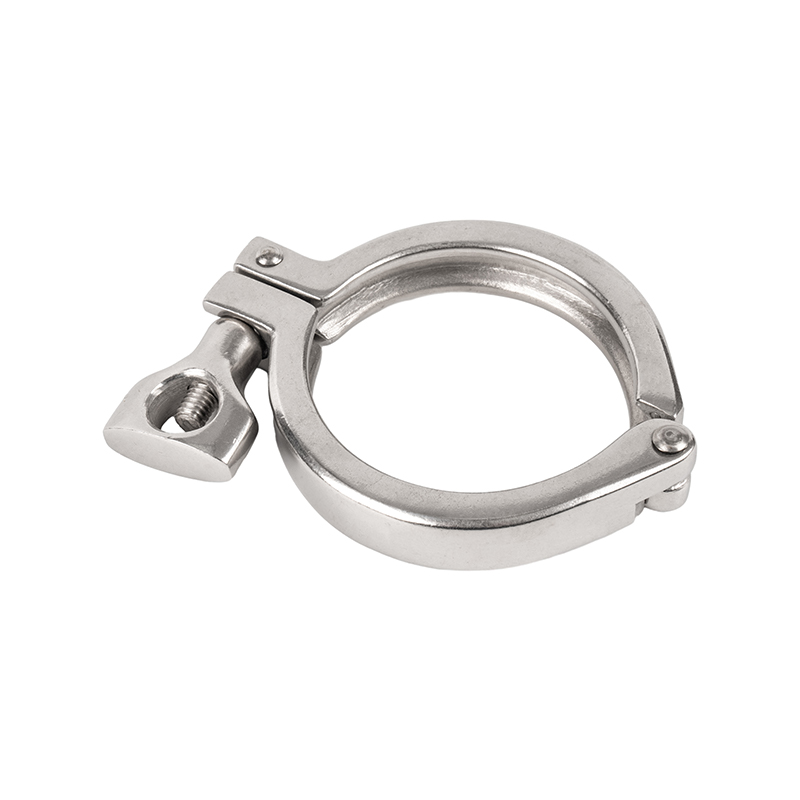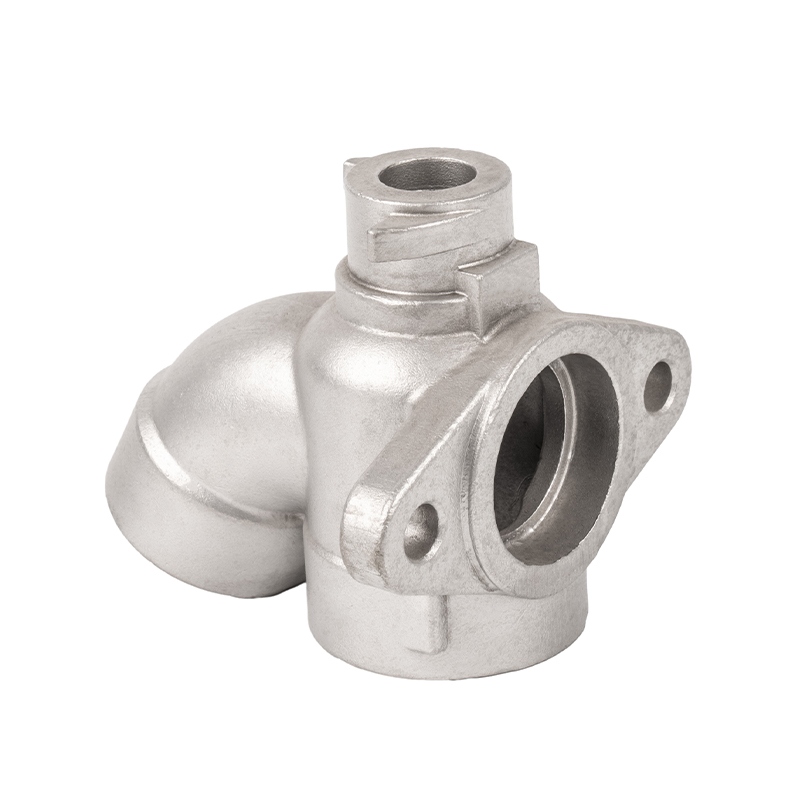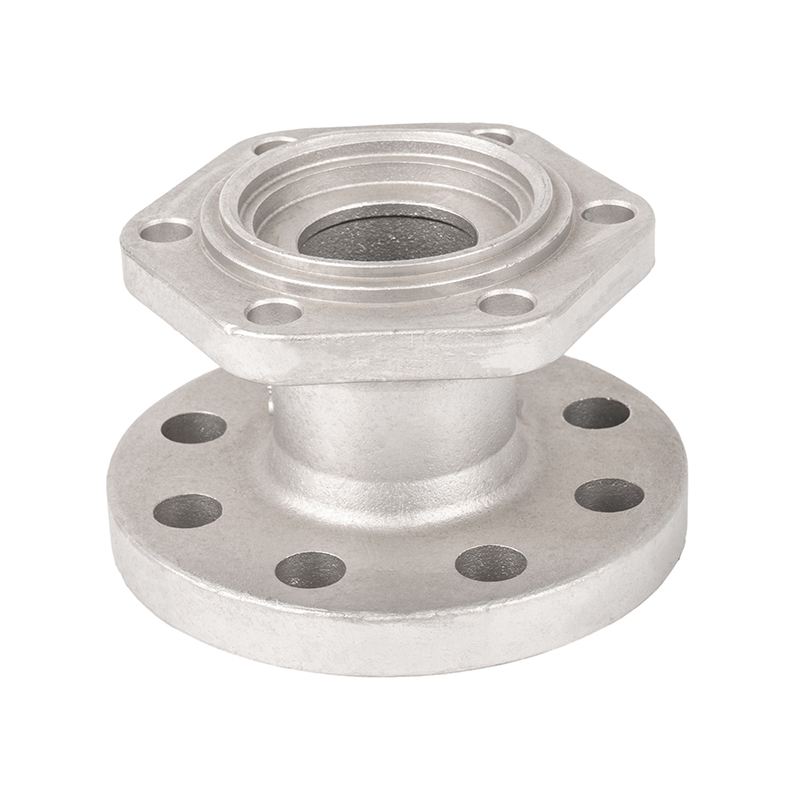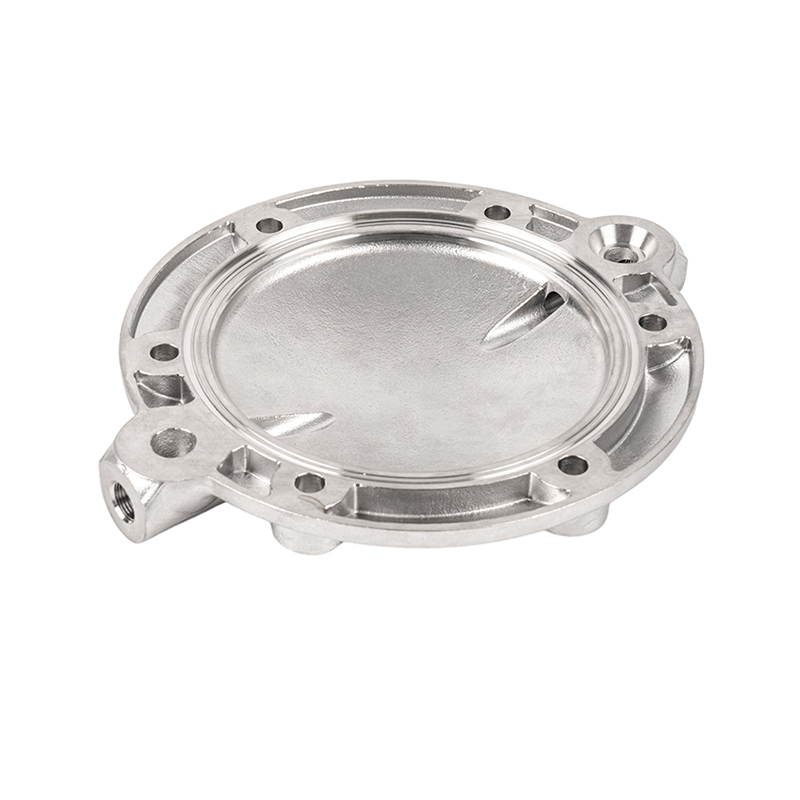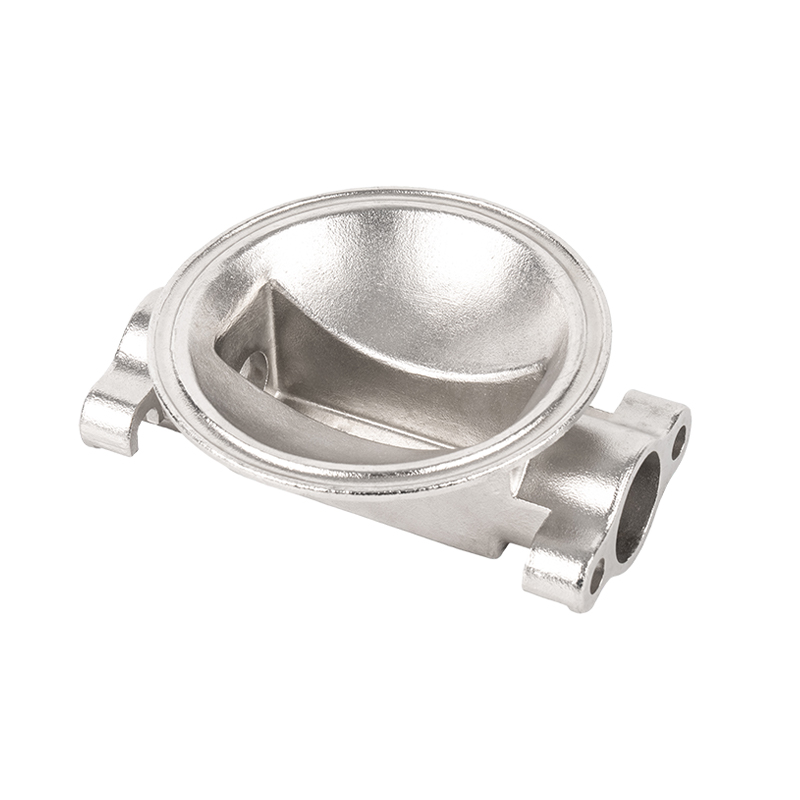What factors affect the sealing performance of butterfly valve castings
The sealing performance of butterfly valve castings is one of its core characteristics and is affected by many factors, among which material properties, structural design, manufacturing process, medium properties and operating conditions all play a vital role.
In terms of material selection, modern butterfly valve castings usually use metal materials such as stainless steel and cast iron, and use advanced surface treatment technology, such as surfacing cobalt-based cemented carbide, to significantly improve the wear resistance of the sealing surface. The selection of these materials is not only directly related to the corrosion resistance and service life of the butterfly valve, but also has a profound impact on its sealing effect. For example, the sealing surface made of high-hardness stainless steel can effectively resist the erosion and wear of the medium, thereby maintaining long-term and stable sealing performance.
Structural design is also a key factor affecting the sealing performance of butterfly valve castings. Modern butterfly valves generally adopt a three-eccentric sealing structure. This design concept makes the butterfly plate almost wear-free between the sealing surfaces during the opening and closing process, and has the characteristic of "tighter and tighter" at the same time, which significantly improves the reliability of the seal. In addition, the application of composite valve seats, such as Z-section polytetrafluoroethylene valve seats, can generate additional sealing pressure ratios under the action of medium pressure, further enhancing the sealing effect. These innovative designs not only optimize the sealing performance of the butterfly valve, but also effectively extend its service life.
The precision of the manufacturing process also has an important influence on the sealing performance of butterfly valve castings. High-precision processing technology can ensure that the surface roughness of the sealing surface meets the design standard, thereby reducing the risk of leakage. Through precision casting and CNC processing technology, the dimensional accuracy and shape accuracy of butterfly valve castings can be achieved to ensure good matching of the sealing surface. In addition, reasonable tolerance matching and assembly process are also key links to ensure sealing performance, which can effectively reduce the sealing failure caused by improper assembly.
The properties of the medium and operating conditions should not be ignored. The differences in viscosity, temperature and corrosiveness of different media will have a significant impact on the sealing performance of butterfly valve castings. For example, high-temperature media may cause aging or deformation of the sealing material, thereby reducing the sealing effect. Therefore, when selecting butterfly valve castings, the characteristics of the medium must be fully considered, and suitable sealing materials and structural designs must be selected. At the same time, operating conditions such as pressure, flow and vibration will also affect the sealing performance. Excessive pressure may cause deformation or damage to the sealing surface, while excessive vibration may cause loosening or wear of the seal.
Maintenance and care are important links to ensure the sealing performance of butterfly valve castings. Regular inspection and maintenance can timely discover and solve potential problems, such as wear, corrosion or impurity blockage of the sealing surface. By regularly replacing seals, cleaning pipes and lubricating moving parts, the service life of butterfly valve castings can be effectively extended and its good sealing performance can be maintained.


 English
English Español
Español русский
русский 中文简体
中文简体

